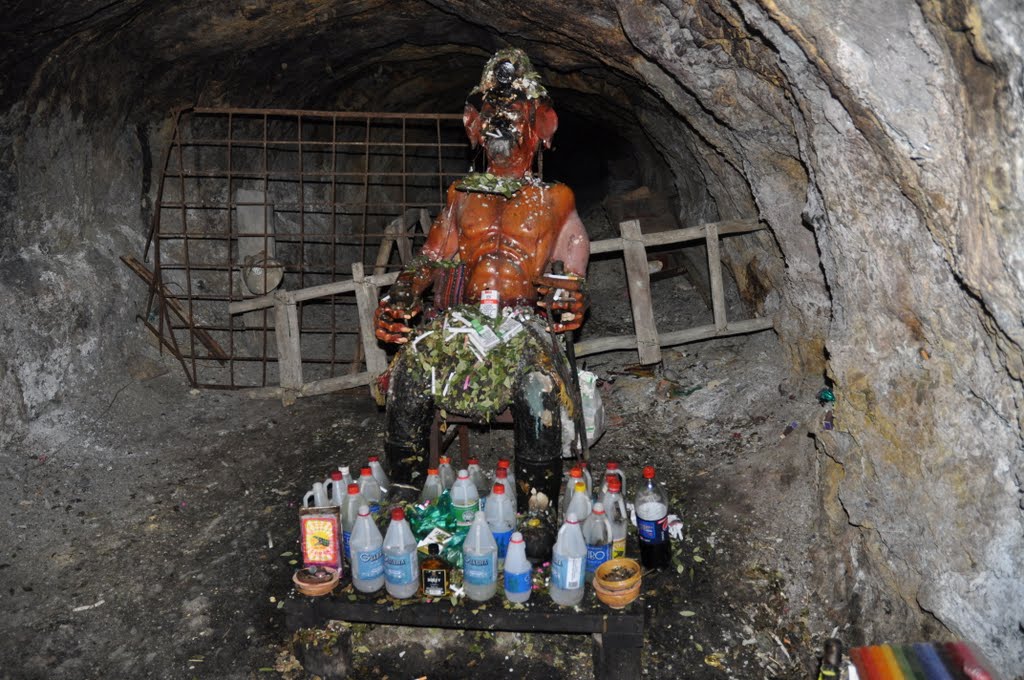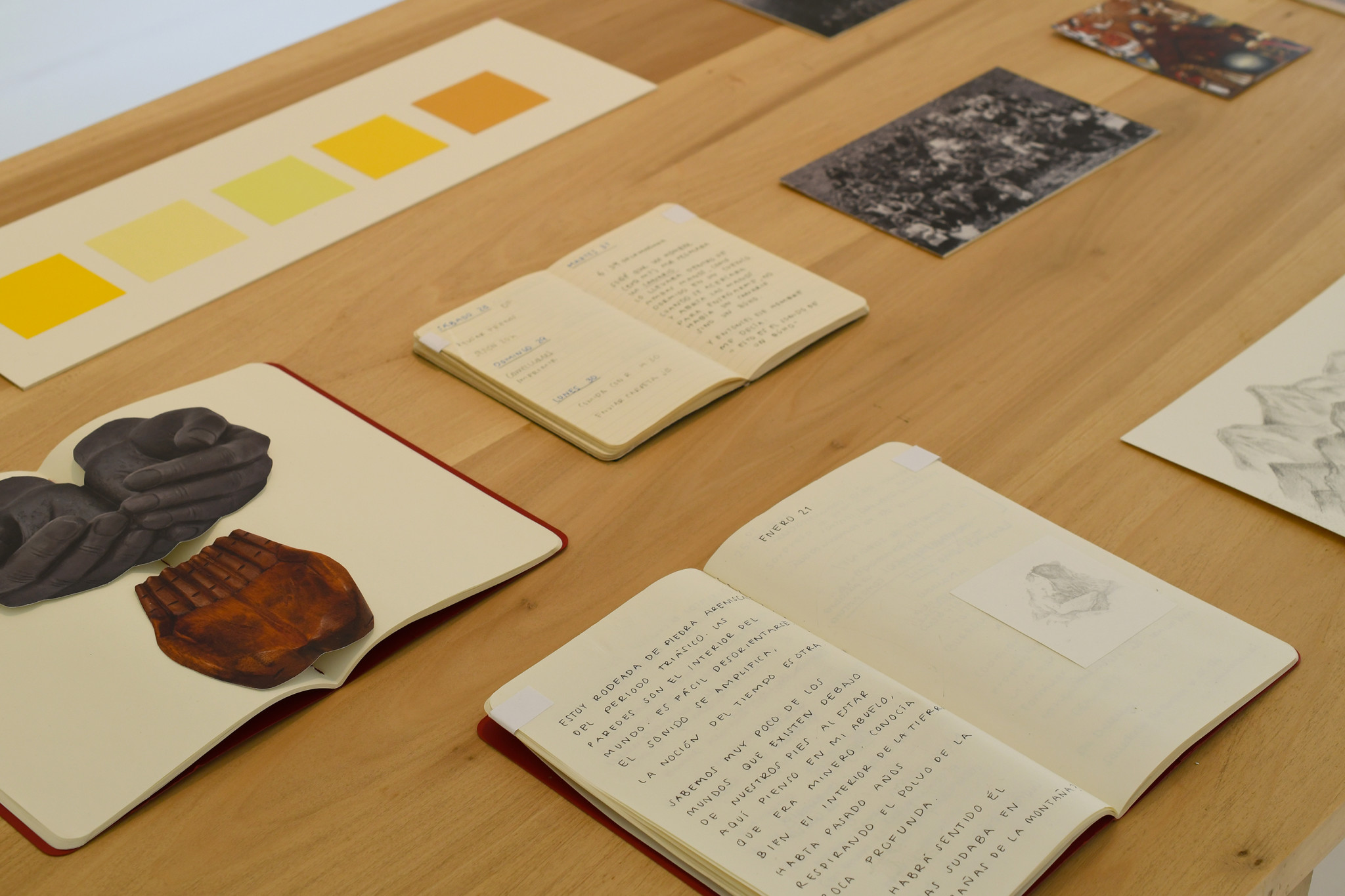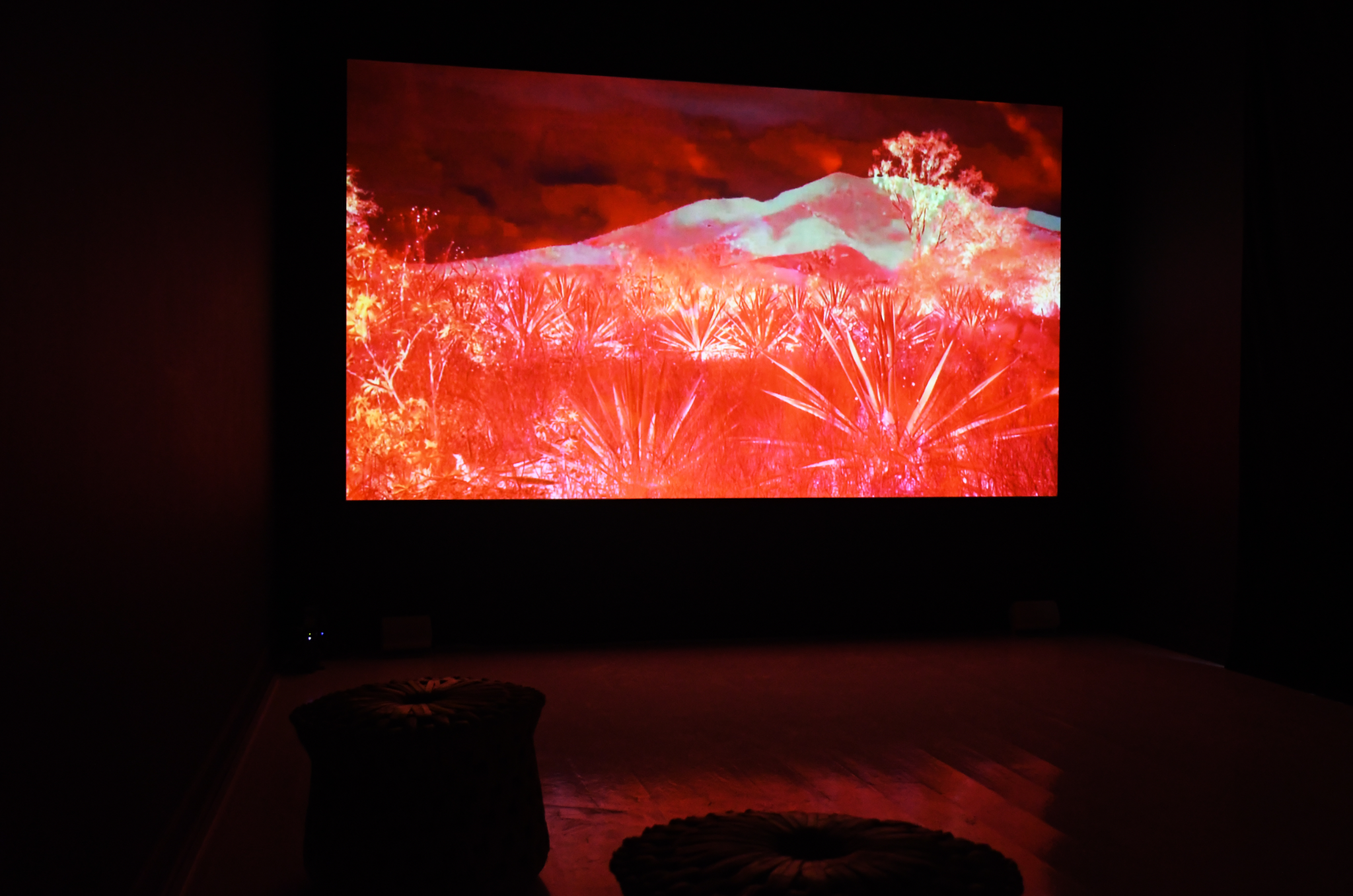Ser Montaña
Collaborators:
Naomi Rincón Gallardo, Valeria Mata and Infrasonica
Tipology:
Exhibition
Year:
2022
Host:
Location:
CDMX, Mexico

Bajo el Sol and the Institute for Postnatural Studies present «Ser Montaña», an exhibition that crosses three artistic and curatorial practices to address the voice that territory acquires in the face of processes of dispossession, against colonization or in the face of the violence of extractivism.
Through speculative fiction, interspecies communication or active listening, the works of Naomi Rincón Gallardo, Valeria Mata and Infrasonica dialogue with each other about how territories are constituted as entities that are part of the everyday life of their inhabitants and ecosystems, as well as their associated materials and imaginaries. Through different formats –video, installation, online conversation–, all of the works understand the complexity of certain specific places, and how their narrative must include, as protagonists, other non-human beings. From this new constellation, links emerge that exceed the way in which a mountain is usually thought of; as an object, as an image, as land that can be exploited, or as a natural space that must be preserved.
Sound, the guiding thread of the exhibition, gives voice to the hill, answers the warning of the bird (Serinus Canaria) through its song -or its silence-, and explores the relationship between the perceptible and the material. Ecology is thus linked to the audible, to the hidden, and the sensitive, including frequencies undetectable to human ears, such as the movement of tectonic plates, to narratives and life, configuring a complex landscape of interdependent relationships. Listening is placed at the center of the exhibition as a radical ecological and artistic practice, recovering the echoes of the landscapes of a wounded planet in order to think of new ways of cohabiting its territories.

Photo by alma camelia
Naomi Rincón Gallardo
Resiliencia Tlacuache, video HD, 16’, 2019 Resiliencia Tlacuache (2019) is part of A trilogy of caves, whose other two parts are El Viaje de For- mol (2017) and Sangre Pesada (2018). Although independent, there are subterranean connections and common elements: the presence of an animal/guide – a tlacuache, an axolotl and a hummingbird respectively–, the cave as a place of connection with the underworld and the nocturnal powers of sleep, and the female territories/bodies that resist and re-exist in contexts of dispossession and exposure to heteropatriarchal and colonial logics of destruction, plunder and death. Resiliencia Tlacuache focuses, through Cerro as narrator and accompanied by the characters of them tlacuache, Señora 9 Caña and them Agave, on what we call today Oaxaca and the strength.
Photo by alma camelia
Valeria Mata
Resucitar a un canario, notas y materiales de una investigación en curso, Instalación, 2022In the coal mines, miners used canaries to avoid dying inside the mountain. They would enter the mine carrying a little yellow bird enclosed in a cage. If they noticed that the canary stopped singing, fainted, or began to behave strangely, then they would quickly leave the mine, because that meant that there were toxic gases in the atmosphere, the result of explosions or fires. Humans cannot perceive carbon monoxide, but canaries are especially sensitive to this gas due to the peculiarity of their respiratory system. Many canaries died. But the miners became fond of their companion birds, and someone took it upon himself to develop a machine to protect them. The canary resuscitator was a small metal and glass box with a circular door. The door was left open when entering the mine, with a screen so that the bird could not get out. If the miner noticed that the bird showed signs of poisoning, that same door could be closed and oxygen could be immediately injected through a valve connected to a portable tank. As soon as a small amount of oxygen penetrated the box, the canary regained its senses.

Infrasonica
Listening with Infrasonica. An exploration through the Infrasonica archive with the editors, thinking about sound and silence. Live conversation with the Institute for Postnatural Studies. Wednesday, December 21st, 2022, 12:00 GMT-6Infrasonica is a digital platform of non-Western cultures. We record, analyze and debate the eeriness of sound and its auras, linked to the world with the audible, the hidden and the sensitive. Infrasonic waves operate at a frequency that is undetectable by human ears even though they are often generated by massive ecological phenomena, such as the movement of tectonic plates or the deep currents of the ocean. Infrasonica aims to be a catalyst for those vibrations.
The platform includes archives of experimental sound and visual artists, as well as theoretical musings on contemporary critical thought. By relying on a borderless network of collaborators, Infrasonica blends essays, conversations and speculative works that encourage critical curatorial and research projects.


